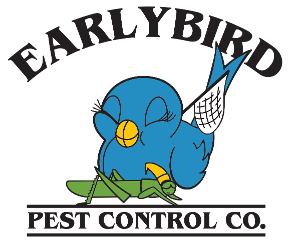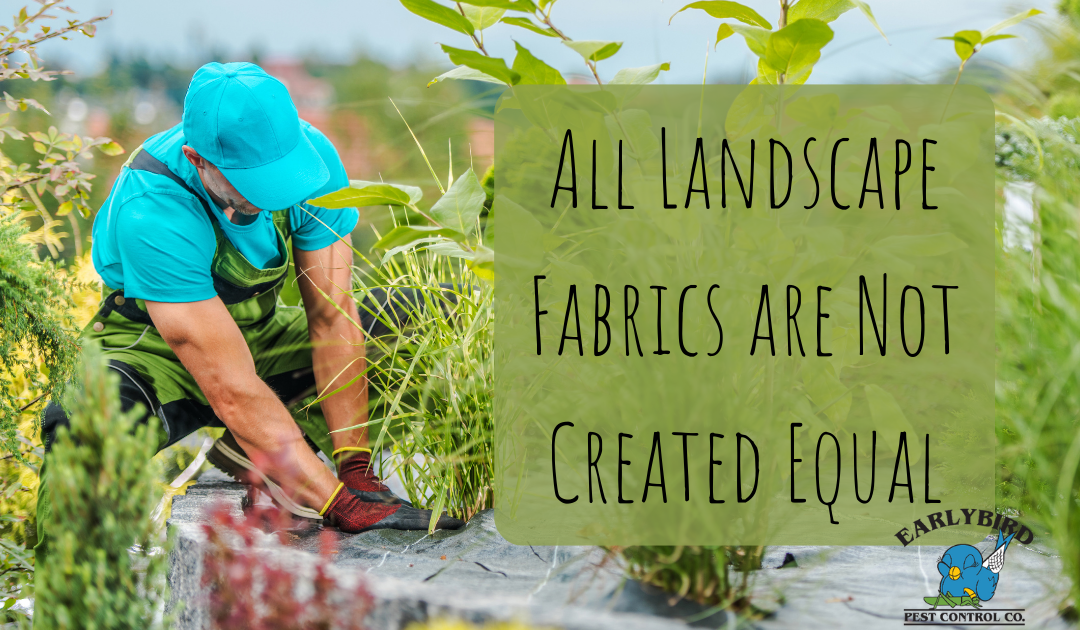Landscape fabrics are a great way to eliminate pulling weeds in the garden, allowing you to enjoy gardening vs. dread it. To reduce this tedious process, you can mitigate the growth of garden weeds in many ways, and weed mats are a well-known method. Weed mats are adaptable for newbies and those thumb deep in garden work. You can get one close by from DIY stores and gardening centers. Weed mats have many benefits, but the top known use is for controlling weeds and retaining moisture in the soil. However, these weed mats are in grades not of the same quality. Some are thicker than others. Here are the different types of weed mats, their differences, and how they function in the garden.
Types of Landscape Fabrics
Weed mats are in different materia. Cheaper ones may cost less, unlike plastic weed mats. However, buying the correct fabric will do excellent work on your garden. Here are the types of weed mats.
Woven
Woven landscape fabrics are more common compared to other types. The carpet is of polypropylene or linen fiber with durable semi-porous material. The rug has tiny holes that allow water and nutrients to reach the earth while preventing weeds from growing outward. They are best for weed control for trees and shrubs. You can lay them as flower beds for plants plated for a prolonged harvest. You can get a woven weed mat in black, brown, natural, green, or burlap. Some have ultraviolet (UV) resistance or are treated with UV rays to increase sun resistance.
Non-Woven
Non-woven landscape fabrics are made of polyester or polypropylene and are best for preventing weeds from growing on rocks, gravel paths, or beds. They are rigid, giving less space for porousness, unlike the woven mat. In addition, the texture stops nutrients, stones, and water from reaching the soil. Because of their stable nature, these mats are spread beneath stone pavers or large-scale gardening.
Spun
The spun landscape fabrics is a non-woven fabric with several well-packed polyesters. This rigidly packed pattern makes it more durable compared to others. The rug is suitable for heavy-duty tasks because it is hard to rip. However, they come in different thicknesses according to their uses. The thinner woven type of spun weed mat is permeable, allowing water and air, but it remains durable and rugged. The carpet is versatile and serves as a weed barrier for flower beds and rocks and also prevents pests, insects, or invasive grasses from springing out. The thicker types are used for irrigation, retaining, and drainage applications to hinder roots and seepage from growing.
Perforated
Perforated landscape fabrics are cheaper and light but have pre-cut perforations or holes for planting. The material goes well with crops that are easily replaced or changed. Because the holes create space for weeds roots to grow, you can regularly replace them. However, because of their lightweight and manageable nature, these mats are not advisable for heavy-duty work where there are animal activities or gigantic roots.
More Tips for Homeowners:
-
- 4 Signs You Have Bed Bugs
- How to Get Rid of Cockroaches
- How to Get Rid of Rats
- How Do I Know if I Have a Scorpion Infestation?
- How Do I Know if I Have a Bee or Wasp Nest in My House?
- How Do You Know if You Have Mice or Rats?
- Do I Need a Professional to Remove Tarantulas?
- 5 Ways to Keep Pests out of the Office
- How Ants Ruin your Home
- Can Pests Destroy Stucco?
- Pros and Cons of a Stucco Home
- Does Arizona Have a Cockroach Problem?


Recent Comments